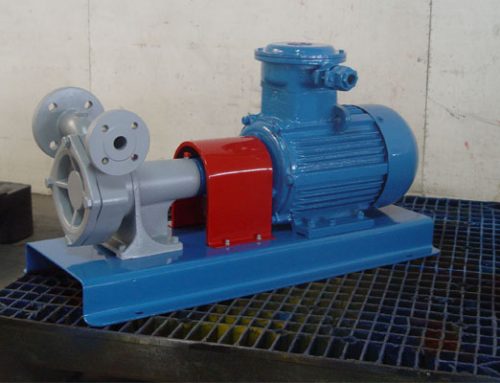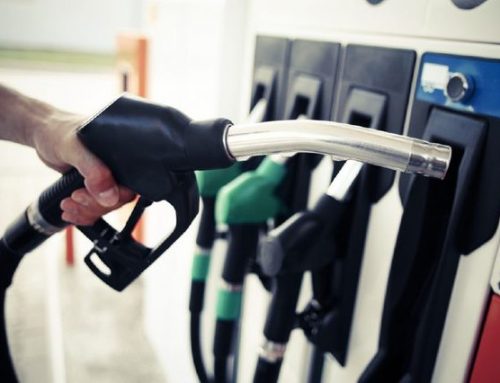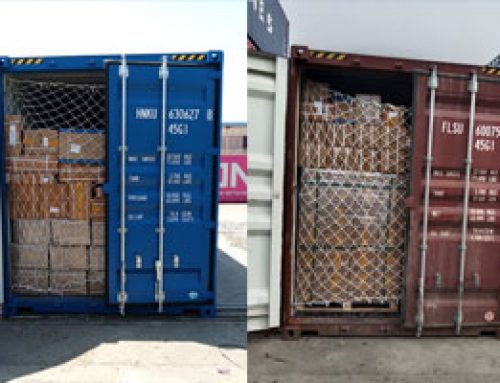FAQ of Using Fueling Hose
Common Question of Fueling Hose
Q: Why is the actual meter of the hose product less than the meter indicated on the package?
A: Relevant national and industry standards stipulate that the deviation between the actual number of meters and the marked number of meters in the hose product packaging is 1%. If the customer finds that the deviation is bigger than 1%, please give feedback to our sales or after-sales personnel in time.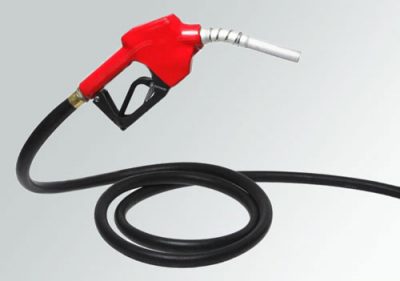
Q: What problems should be paid attention to when storing fueling hose products?
A: As the hose may be exposed to various environment during use, the physical properties will change accordingly. Therefore, in order to maintain the best using state, the following points should be paid attention to during storage, preventing the hose from changing its properties in the storage environment:
◈Storage time: When storing, the storage time should be shortened as much as possible, and the “first-in, first-out” cycle method can be adopted. If extended storage time is required, such as one year, the hose should be thoroughly inspected before use.
◈Temperature & humidity: Storage temperature should be maintained at 0°C/32°F to 35°C/95°F (optimum 15°C/59°F). Relative humidity should not exceed 65%.
◈Lighting: The fueling hose should be stored in a dark place to avoid sunlight and strong artificial light. Windows in storage areas should be painted red, orange or white.
◈Ozone: Ozone will destroy rubber materials, and there should not be any substances that can release ozone in the storage environment, such as mercury lamps, mercury tubes, high-voltage electrical equipment, motors and other substances that may generate sparks and static electricity.
◈Warehousing environment: All fittings including hoses must not be exposed to or come into contact with solvents, fuels, petroleum, grease, volatiles, acids, disinfectants, etc. In addition, metal materials such as copper, iron and manganese can also damage the rubber.
◈Heat source: The storage location should be kept a sufficient distance from heat sources (including heat generating equipment) to meet the temperature specifications in Section 2.3. If sufficient distance cannot be maintained, heat shields should be installed.
◈Electric and Magnetic Fields: There should be no electromagnetic field changes in the storage place. Changes in the electric field or magnetic field will cause the hose to wind the metal coil to generate current, which will cause the hose to heat up. Such as high-voltage cables and high-frequency generators that can generate such strong electric and magnetic fields.
◈Storage conditions: Fueling hoses should not be artificially compressed, elongated or excessively deformed during storage. Do not come into contact with any sharp metal. Store in dry environmental conditions, if conditions permit, it should be stored in separate areas. When the hose is rolled up and stored, it should be laid flat. If it needs to be stacked, the stacking height should not exceed 2 meters, and the permanent deformation of the lower hose should be avoided. Products of heavier mass should be placed on the bottom and lighter products on the top. The bend radius of the coil must not exceed the product standard minimum bend radius. The straight tube should lie flat, not foldable.
Q: What problems should be paid attention to when the pipe is broken?
A: When the steel wire braided or fiber braided hose is broken, it should be cut with a hacksaw blade, and the winding hose should be cut with a toothless saw blade; The nozzle foam should be cleaned after cutting.
Q: Precautions for installation and use of the fueling hose assembly of the fuel dispenser?
A: Before installation, the specifications and models of the hose assembly should be checked through the tube body 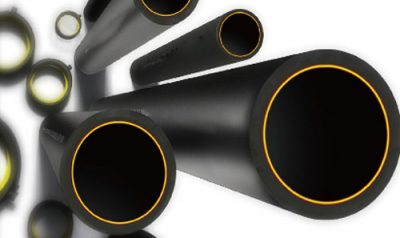 identification to distinguish the specifications, models, temperature resistance levels and other information.
identification to distinguish the specifications, models, temperature resistance levels and other information.
◈Before installation, it should be ensured that the dust caps at both ends of the product are complete. If a real phenomenon is found, check whether there are sundries in the pipe; if there is a sealing ring in the joint, check whether the sealing ring is missing.
◈When installing the joint, the rotation of the pipe body should be avoided to avoid the tightening of the pipe body.
◈When replacing the oil gun, if the rubber hose assembly has a sealing ring, the sealing ring should be replaced immediately to avoid leakage caused by the secondary use of the sealing ring.
◈When the hose assembly is not in the state of refueling, the coil should be hung up, or the coil should be placed on the refueling island naturally to avoid the rolling of the hose by passing vehicles; when refueling, the coil should be released to avoid the damage caused by hose bending.
Q: How to judge and deal with the leakage at the joint of the fuel dispenser rubber hose assembly?
A: First, take pictures of the leaking location and save the first-hand information. Then remove the fueling hose assembly, replace it with a new sealing ring, reinstall it to see if there is still leakage, if there is still leakage, remove all the hose assembly, contact our salesperson or marketing department for after-sale service.
How to Prolong the Service Life of High Pressure Hose?
◈The rupture of the hose is caused by frequent and severe pressure shocks. This situation is generally not caused by too much static pressure, but is related to the severity and frequency of pressure shocks. When construction machinery is operating, the hose The sudden increase or decrease of oil pressure will occur repeatedly, which will cause frequent pressure shocks to the oil pipe, resulting in aggravated damage to the oil seals of various parts, blistering and rupture of the rubber hose, and loose and leaking pipe joints. Therefore, during operation, the valve stem should not be pulled too violently, but must be gentle.
◈The use temperature of the oil is too high, causing the hose to age and burst, etc. During the operation of construction machinery, the hydraulic system heats up the oil due to power loss, and the influence of the outside temperature (especially in summer) can cause the oil temperature to rise sharply. The higher the operating temperature of the oil, the easier the rubber is to age, the worse the elasticity, the lower the strength and the sealing performance, and the faster the hose will burst. Therefore, in the operation, when the hydraulic system temperature rises too high or too fast, the cause should be identified and eliminated in time; necessary cooling measures should be taken in summer operation, especially in continuous operation.
◈The hose is broken due to unreasonable selection and installation of the hose. When replacing the hose, the length of the hose, the number of steel wire layers, the shape and size of the joint should be reasonable, and the bending degree of the hose should be minimized; when tightening the joint nut, do not twist the hose, excessive bending and twisting It will greatly reduce the service life of the hose; protective measures should be taken for some parts that are prone to friction to prevent the hose from bursting due to wear.
Precautions for Using Hydraulic Hoses
The hose arrangement should try to avoid the heat source and keep away from the performance of the engine exhaust pipe. If necessary, a casing or a protective screen can be used to prevent the hose from being heated and deteriorated.
◈Where the hose must cross or may rub against the mechanical surface during operation, use protective devices such as hose clamps or springs to avoid damage to the outer layer of the hose.
◈When the hose must be bent, the bending radius should not be too small, and should be greater than 10 times the outer diameter.
◈When installing the hose, avoid being in a tensioned state. Even if there is no relative movement at both ends of the hose, keep the hose loose. The tensioned hose will expand under pressure and reduce its strength.
◈Do not twist the hose during installation. Slight twisting of the hose can reduce its strength and loosen the fitting. Assembly should be done with the fitting tightened on the hose, not the hose on the fitting.
◈If the hose is configured on key components, it is recommended to check or replace it regularly.

